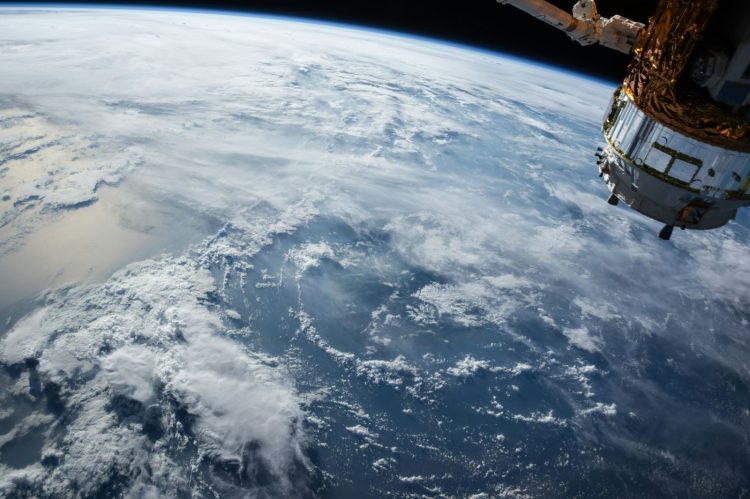A half-ton Soviet satellite that was launched in March 1972 is set to make its fiery comeback, crashing back into Earth. While it is highly unlikely that the satellite will crash into people, the chances are never zero.
What was supposed to capture data from Venus’ surface is now stranded, out of control, in Earth’s orbit and is set to crash onto Earth’s surface.
More about the satellite
The Soviet Satellite Kosmos 482 was launched in March 1972 to land in Venus’ orbit.
However, the satellite failed to escape Earth’s gravitational pull, and its main body is considered to be destroyed, burnt up in Earth’s atmosphere as it fell back to Earth in 1981.
Its remainders are set to hit earth
The Kosmos 482 is set to return to Earth between May 8 and May 12, though it is “extremely difficult” to predict where it will re-enter the Earth’s atmosphere, according to Earthsky.org.
Scientists will be able to tell more accurately as time approaches but it is likely to hit “anywhere between latitude 52 degrees north and 52 degrees south.”
A spy satellite researcher weighed in
Dr Marco Langbroek, a researcher at the Dutch satellite tracking station SatTrackCam Leiden, noted that “the risks involved are not particularly high, but not zero: with a mass of just under 500 kg and 1-meter size, risks are somewhat similar to that of a meteorite impact.”
A British-American astronomer gave his take
“I am moderately confident, but not 100 percent confident, that object 6073 is the Kosmos-482 entry capsule. If it is, its heat shield means that the half-ton, one-metre-diameter sphere might well survive Earth atmosphere entry and hit the ground,” Astronomer Jonathan McDowell wrote in a blog post.
He even told MailOnline that if any damages occur, Russia would be held liable.
Can it disintegrate halfway through?
Well, the Kosmos 482 capsule is equipped with a protective heat shield so that the satellite could make it to Venus without burning up.
This shield could unintentionally help the capsule survive the reentry into Earth’s atmosphere without disintegrating, ultimately hitting Earth’s surface.
Where it may crash
Its estimated reentry “includes much of south and mid-latitude Europe and Asia, as well as the Americas and the whole of Africa and Australia,” according to Langbroek.
While the satellite has a parachute system that is designed to slow down its reentry to Earth, it’s highly unlikely that it will deploy.

















































